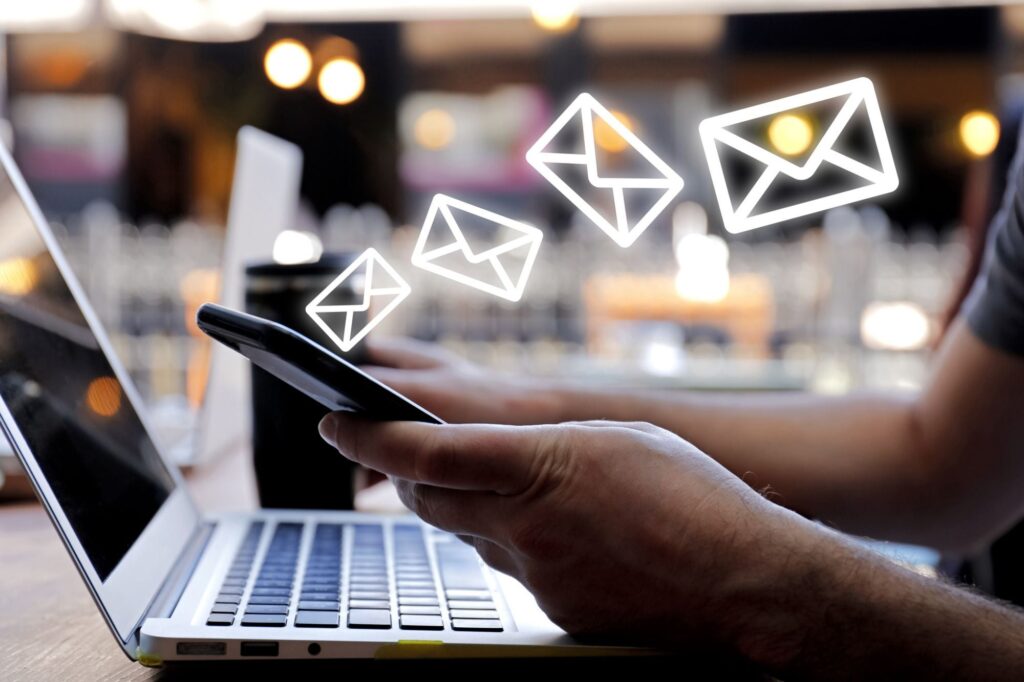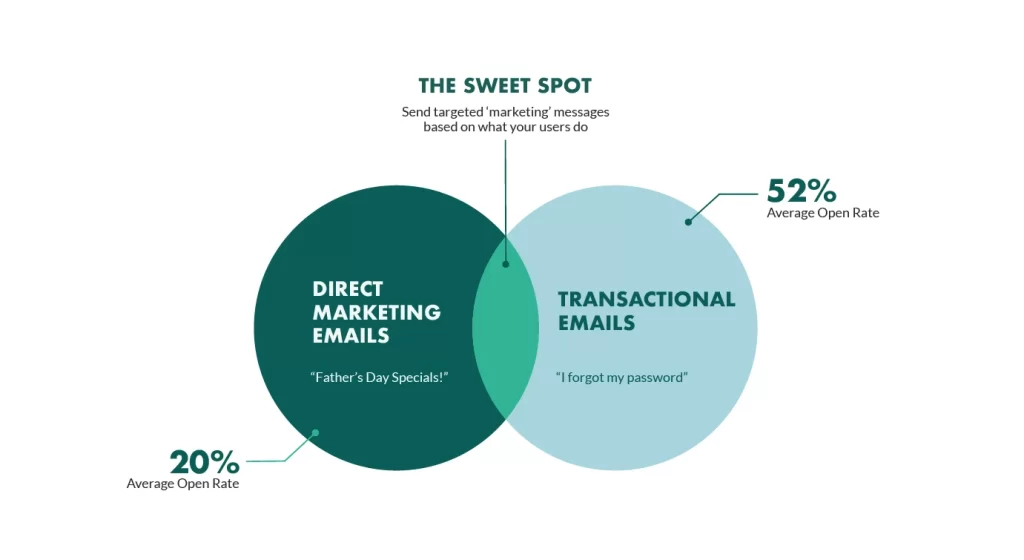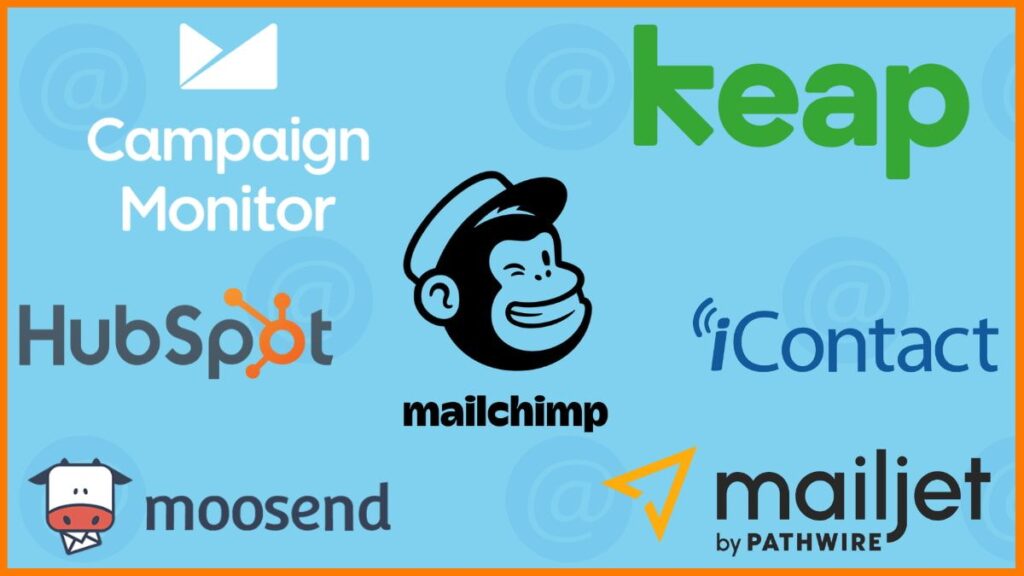Email marketing is one of the most effective and affordable digital strategies, allowing businesses to communicate directly with their audience. Whether you’re looking to promote products, nurture leads, or increase brand awareness, email marketing helps you build long-term relationships with customers.
With over 4.5 billion email users worldwide, businesses leverage to engage with potential customers, boost sales, and increase conversions. But what exactly is email marketing, and how can you use it effectively? This guide will cover everything you need to know, from its benefits and types to best practices and tools.

What is Email Marketing?
is a direct digital strategy that involves sending emails to prospects and customers. It is used to:
✔️ Promote products and services
✔️ Engage with subscribers through newsletters
✔️ Nurture leads and increase conversions
✔️ Provide personalized offers and discounts
✔️ Retarget customers with abandoned cart emails

Why is Email Marketing Important?
Email marketing plays a crucial role in modern business strategies. Here’s why it remains one of the top marketing channels:
1. High ROI (Return on Investment)
According to research, email marketing delivers an average ROI of $42 for every $1 spent, making it one of the most cost-effective strategies.
2. Direct and Personalized Communication
Unlike social media or paid ads, emails land directly in the subscriber’s inbox, allowing businesses to deliver personalized messages.
3. Automation and Scalability
With tools, businesses can automate campaigns, saving time while still engaging with a large audience.
4. Builds Customer Relationships
Consistent communication through newsletters and promotional emails keeps customers engaged and fosters brand loyalty.
5. Better Customer Retention
helps businesses retain customers by providing personalized recommendations, special discounts, and relevant updates.
Types of Email Marketing
There are different types of email marketing campaigns, each serving a unique purpose.
1. Welcome Emails
A welcome email is the first interaction a subscriber receives after signing up. It introduces the brand, sets expectations, and may include an exclusive offer.
2. Promotional Emails
These emails promote new products, services, or discounts to encourage sales. They often include a strong call-to-action (CTA) like “Shop Now” or “Claim Your Discount.”
3. Transactional Emails
These are automated emails triggered by user actions, such as purchase confirmations, order tracking, and password reset requests.
4. Newsletter Emails
Newsletters are regular updates that provide valuable content, industry news, or brand updates to keep subscribers engaged.
5. Abandoned Cart Emails
When a customer adds items to their cart but doesn’t complete the purchase, an abandoned cart email reminds them to return and complete their order.
6. Re-engagement Emails
If subscribers haven’t interacted with previous emails, re-engagement emails attempt to bring them back with special offers or exclusive content.
How to Create a Successful Email Marketing Strategy
To maximize the effectiveness of your email marketing campaigns, follow these proven strategies:

1. Build a High-Quality Email List
Avoid purchasing email lists, as they often lead to high bounce rates and spam complaints.
✔️ Website Sign-Up Forms – Encourage visitors to subscribe with lead magnets like eBooks, discounts, or free trials.
✔️ Social Media Promotions – Use social media to attract subscribers with exclusive offers.
✔️ Pop-Ups and Exit-Intent Forms – Capture emails before visitors leave your website.
2. Segment Your Audience
Not all subscribers have the same interests. Segmenting your email list based on demographics, purchase behavior, and engagement levels allows for personalized campaigns.
3. Personalize Your Emails
Use subscribers’ names, past purchases, and browsing behavior to make emails more relevant and engaging. Personalized emails generate higher open rates and click-through rates (CTR).
4. Design Mobile-Friendly Emails
Over 60% of emails are opened on mobile devices. Ensure your emails are responsive and easy to read on all screen sizes.
5. Include a Clear Call-to-Action (CTA)
A strong CTA button like “Shop Now,” “Get Started,” or “Download Free Guide” helps guide the reader toward the desired action.
6. Automate Your Email Campaigns
Use email automation tools to send emails based on user behavior, such as:
7. Monitor and Analyze Email Performance
Regularly track email metrics like:
Open Rate – Percentage of recipients who open your emails
Click-Through Rate (CTR) – Percentage of recipients who click links in the email
Conversion Rate – Percentage of recipients who complete the desired action
Best Email Marketing Tools
To streamline your email marketing efforts, use these top tools:

✔️ Mailchimp – Best for beginners with automation and analytics.
✔️ ConvertKit – Great for content creators and bloggers.
✔️ HubSpot – Advanced email marketing with CRM integration.
✔️ ActiveCampaign – Offers automation and segmentation features.
✔️ AWeber – Simple and affordable email marketing tool.
Conclusion
Email marketing continues to be a powerful tool for businesses in 2025, providing direct communication, personalization, and high ROI. By following the best practices outlined in this guide, you can create successful email marketing
Are you ready to take your email marketing strategy to the next level? Visit GNICE Soft for expert digital marketing solutions! 🚀




